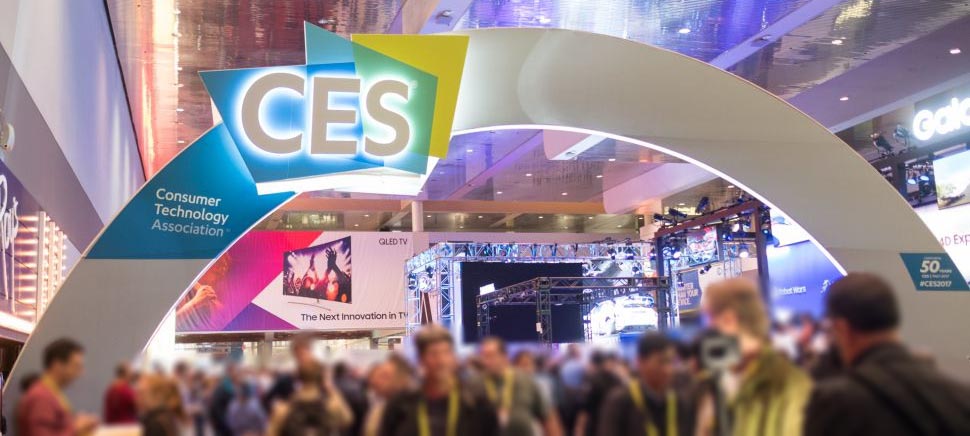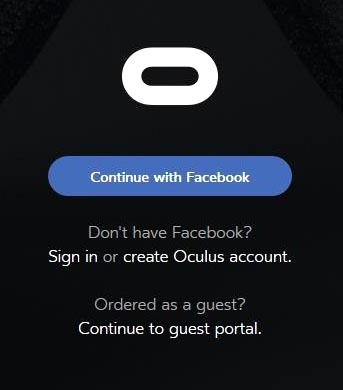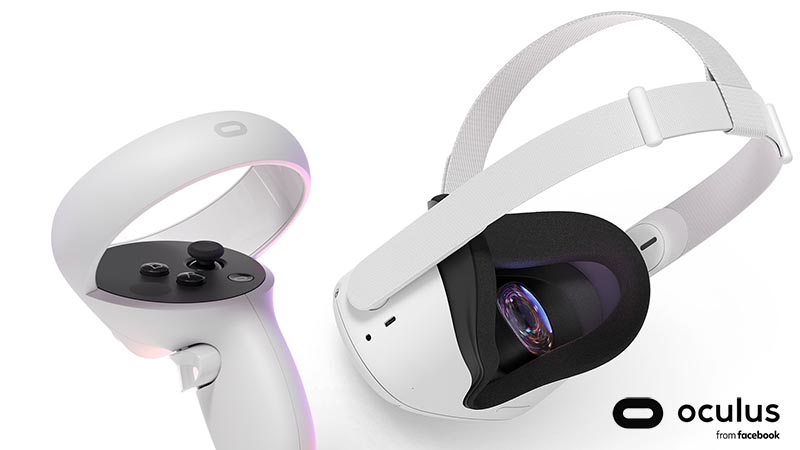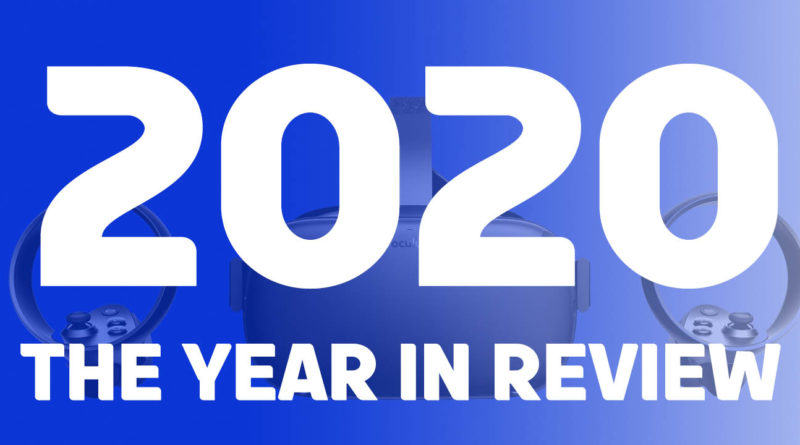2020: The Year in Review
In a year utterly dominated by one continuously evolving story, the global COVID-19 pandemic, there was little room for news that didn’t somehow connect to social distancing, economic uncertainty, or the potential collapse of numerous industries. Though industries may be struggling worldwide, some commercial arenas were so well poised to handle something like this pandemic that they weren’t about to waste the opportunity. Here we’ll look at the major VR news to come out of what’s largely being regarded as the single crummiest year in living memory. After all, when everyone’s forced to stay home and interact digitally, what could offer a brighter path through than virtual reality?
A Sure Start Turns Shaky

The year in tech once again kicked off with the annual CES in Las Vegas, January 7-11, and saw a few key developments in VR made public. Along with products aimed at enterprise and industrial markets – VRGineers and Pimax brought out fully-loaded upgraded 8K devices – the average VR consumer could celebrate the success of the PSVR (5 million sold) and the impending arrival of Samsung AR glasses. That’s in addition to the hundreds of smaller VR-related tidbits featured at this year’s CES, of course.

By March, COVID-19 was placing the world under collective lockdown and testing our reliance on in-person social interactions. As such, the COVID era became the perfect testing ground for VR and AR tech. Forced to work from home, workers in all kinds of jobs started relying on Zoom, Slack, and the like to remain productive – and employed. Social VR and apps that allowed for virtual travel saw a marked increase in use. With travel out of the question for millions, apps like Wander held new appeal. Virtual events sprung up like wildfire once hosts realized they wouldn’t be opening their actual doors to crowds anytime soon. Would virtuality be the new standard mode of human interaction?
Facebook’s Big Gambles

If anyone is betting on VR commandeering our online social world, it’s Facebook. With the discontinuation of Oculus Go and Rift S announced midway through 2020, it was clear the latter half of the year would be likely dominated by a new Oculus device. It would. However, it would also be marred by controversy surrounding the company’s decision to require all Oculus users to connect via an active Facebook account. Yet to come into effect but already creating a whole mess of legal problems for the social media giant, adding to those surrounding its acquisition of WhatsApp and Instagram.

When Quest 2 was officially unveiled at Facebook Connect 7, it was a clear (and affordable) step up from the previous model and a more than adequate replacement for Go. Quest 2 brought 1832×1920 pixels-per-eye displays, a Snapdragon XR2 processor, 6GB memory, 3D positional audio, advanced hand tracking, and redesigned controllers to users. With both 64GB and 256GB models available for under $400, Quest 2 became the new standard device for any remotely serious VR user.
What Lies Ahead
With a new COVID-19 mutation appearing, infection rates once again climbing in many nations, and the world still trying to cope with this new status quo, the full potential of VR to aid us in such a time has yet to be revealed. The surface of how VR can contribute to our physical, mental, economic, social and emotional wellbeing has barely been scratched. If 2020 has taught us anything about Virtual Reality, it’s that we can never quite tell when it’ll be called upon to provide a path to a more fulfilling future.

